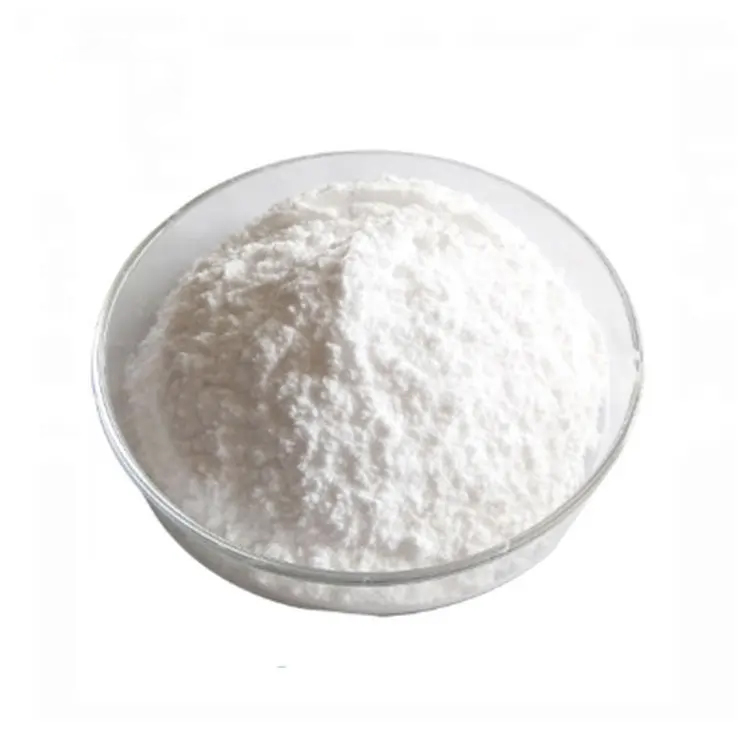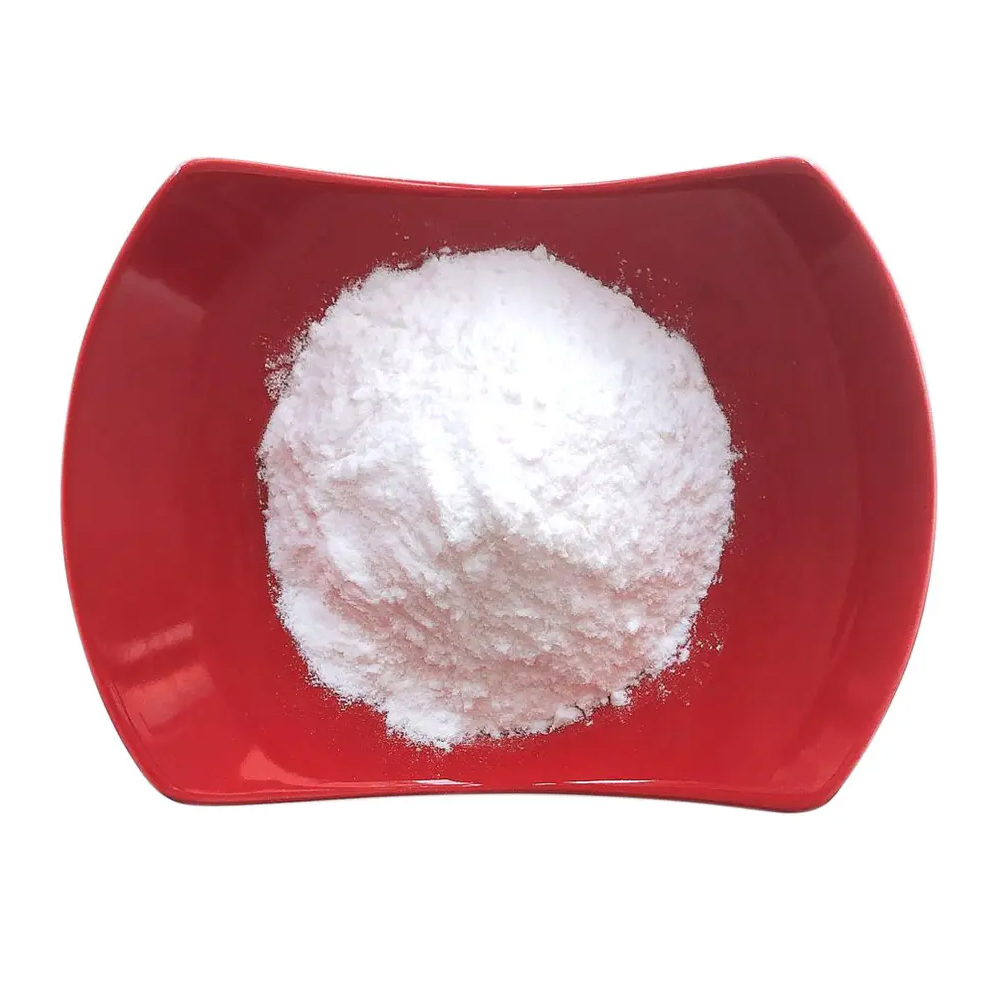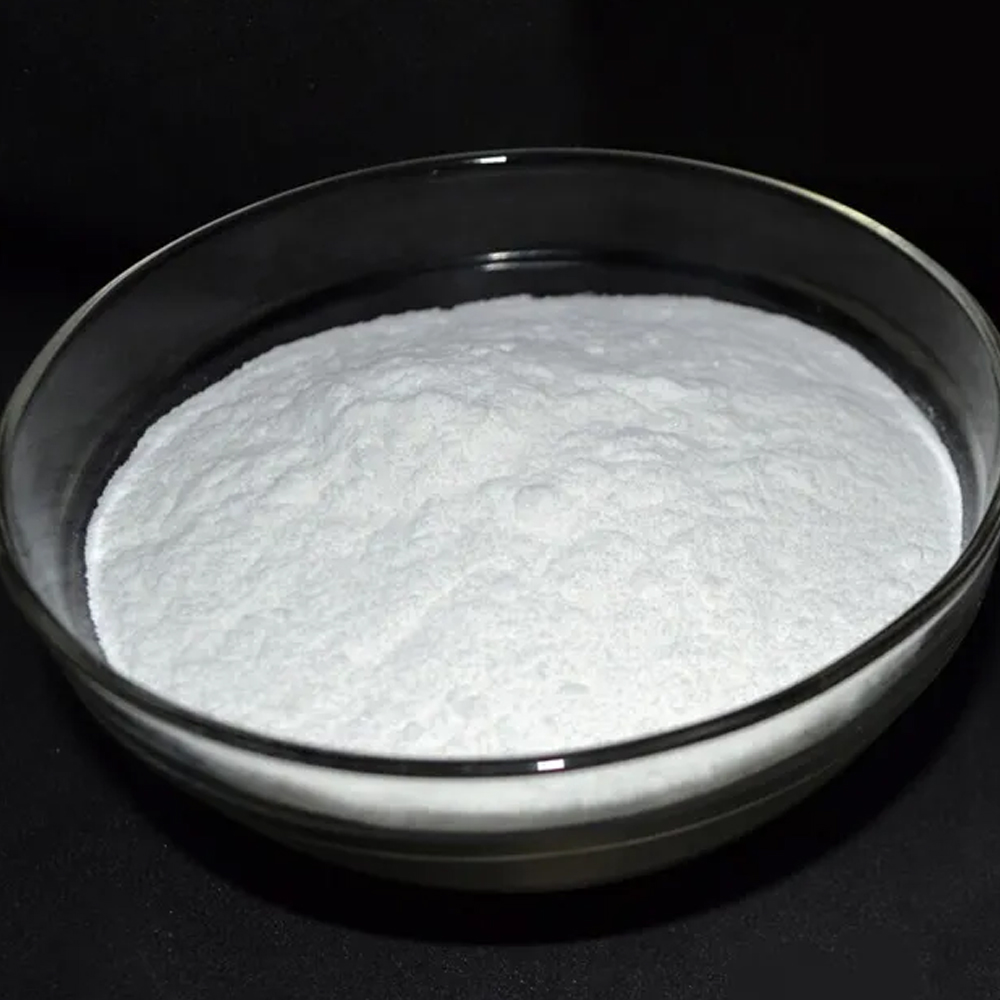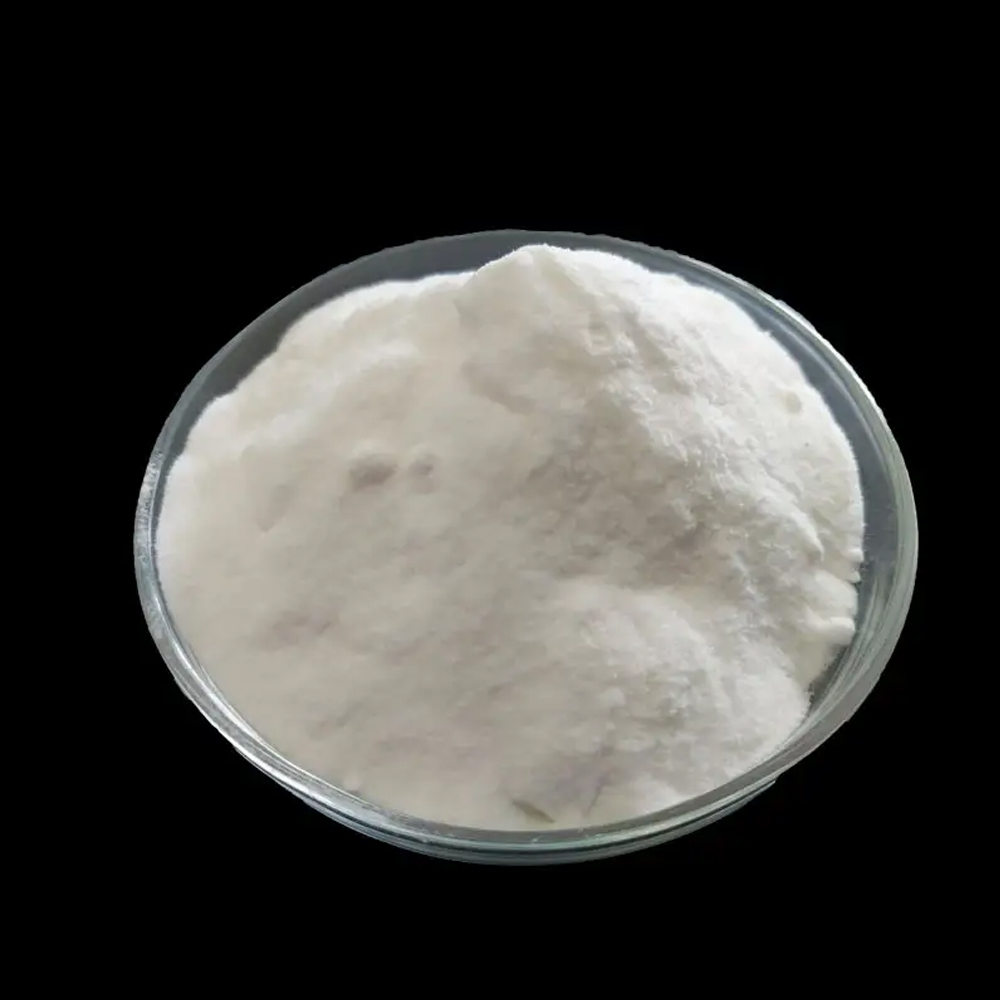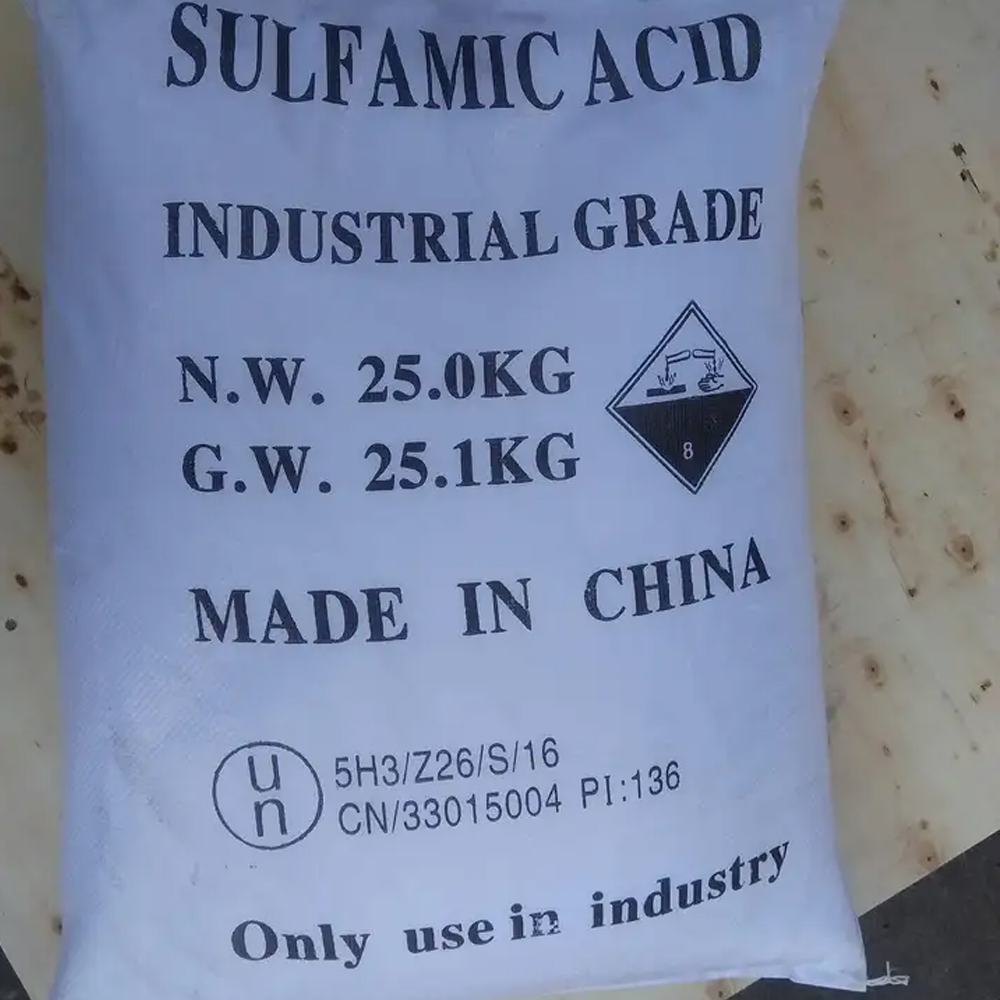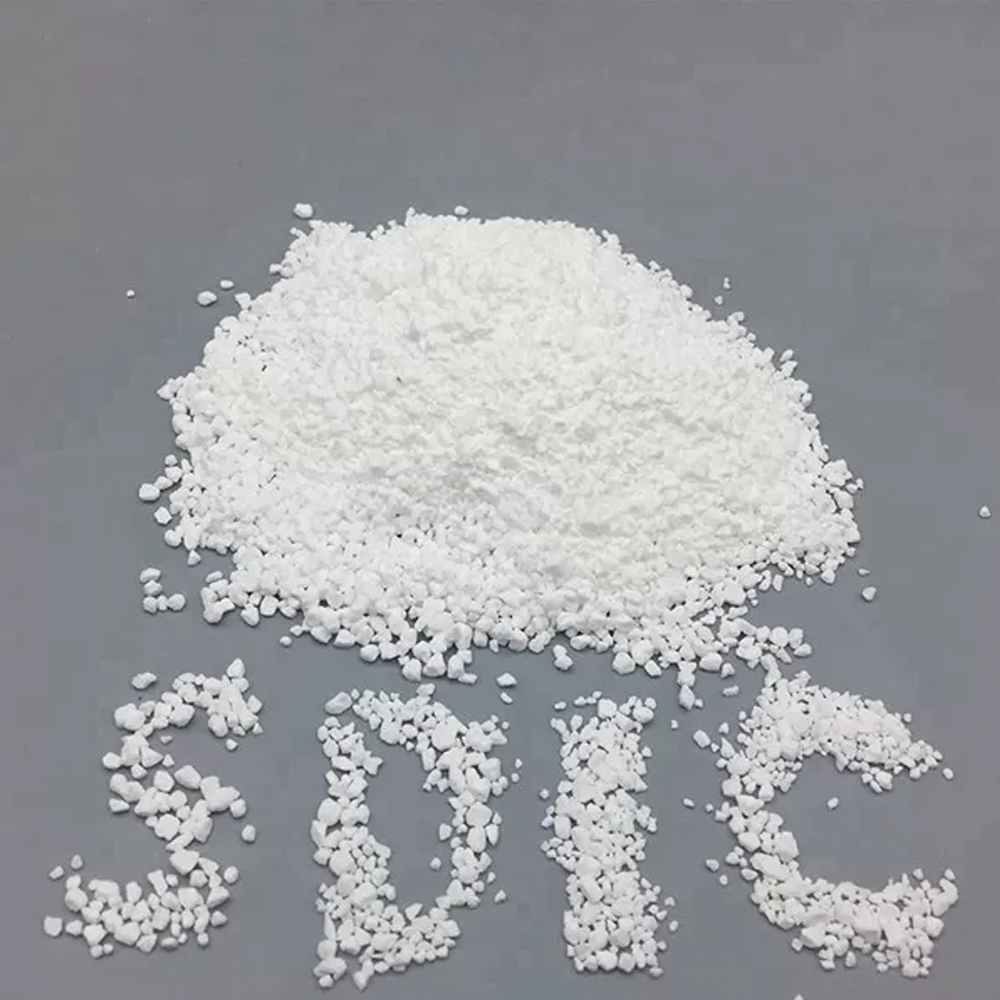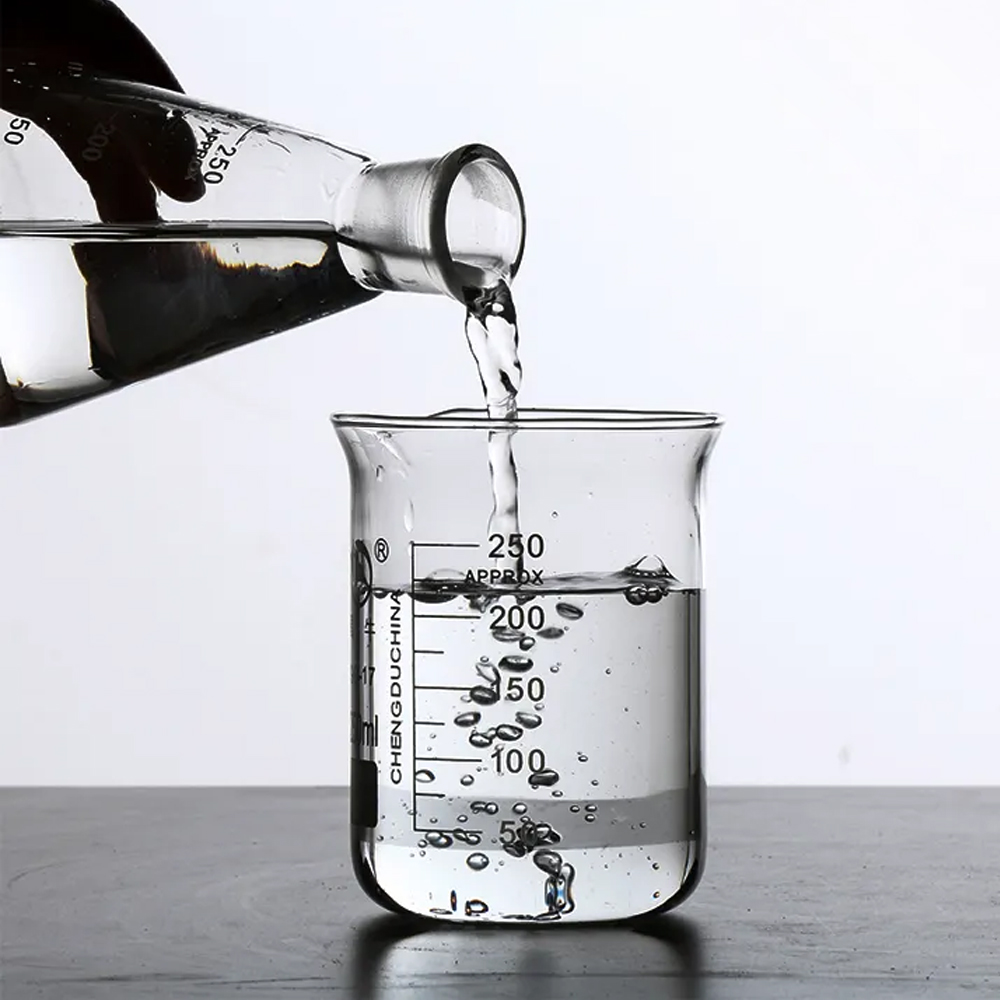
Tất Cả Những Điều Bạn Cần Biết Về Axit Polylactic (PLA)
Axit polylactic, thường được gọi là PLA, là một monome nhựa nhiệt dẻo hữu cơ có thể tái tạo được có nguồn gốc từ các nguồn như tinh bột ngô hoặc mía. Không giống như hầu hết các loại nhựa được sản xuất từ nhiên liệu hóa thạch thông qua quá trình chưng cất và trùng hợp dầu mỏ, quá trình sản xuất PLA sử dụng các nguồn sinh khối.

